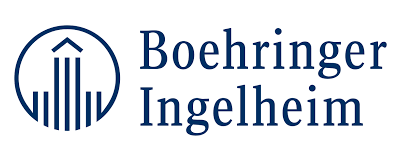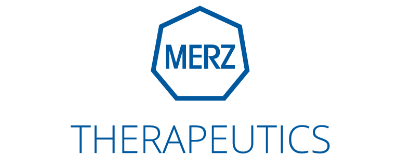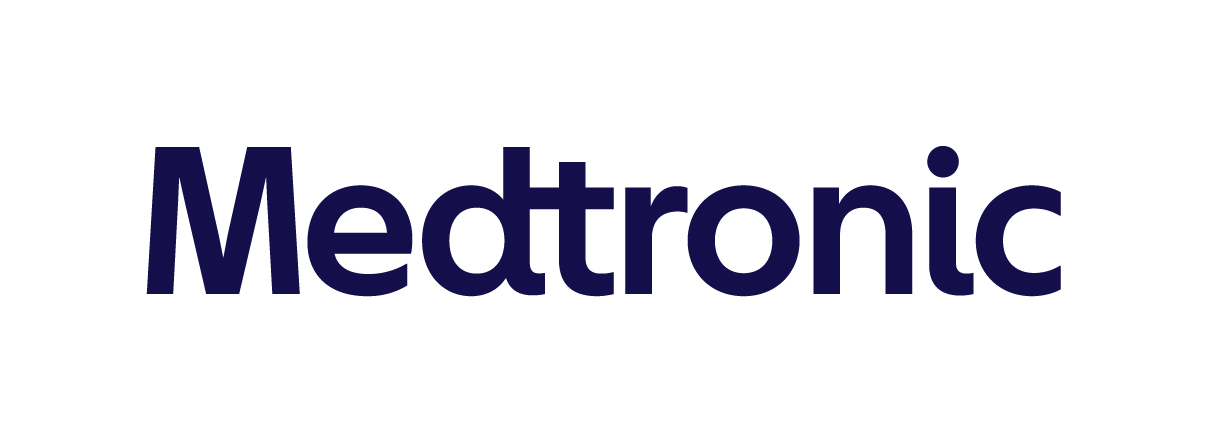About

This website, hosted by the Stroke Alliance for Europe, contains information about stroke prevention, stroke risk and how they impact our brain. It includes the steps needed to ensure brain health and reduce the number of people who have a stroke or a second stroke.
About stroke
Stroke is a leading cause of adult disability and the second most common cause of death in Europe1. The burden of stroke, how it can shatter people’s lives and the costs associated with stroke, are set to rise as the average age of Europeans increases2.
There are different kinds of stroke3:
- Ischemic stroke can occur when a blood clot partially or completely blocks blood flow to the brain and accounts for about 80% of all strokes
- Haemorrhagic strokes occur when brain blood vessels rupture, leading to bleeding in the brain
- Transient ischemic attack (TIA) (or ‘mini stroke’) is a temporary period when a person experiences symptoms like a stroke. Although they don’t cause permanent damage, TIAs are a serious warning that a stroke could occur in the future.
Stroke is largely preventable
Stroke is a serious medical condition, but the good news is that much can be done to protect our brain health and more than 80% of strokes may be prevented4.
People with certain risk factors may have a higher chance of experiencing a stroke. Some of these stroke risk factors include aging, ethnicity and biological sex and cannot be changed. These are known as non-modifiable risk factors.
But modifiable risk factors, such as inactivity, smoking and poor diet, can make a big difference to someone’s risk of having a stroke. Medical conditions like high blood pressure, diabetes, chronic kidney disease and cardiovascular conditions such as atherosclerosis and atrial fibrillation (an uneven heartbeat) are also modifiable risk factors for which treatment can greatly reduce stroke risk5.
The World Stroke Organization defines three areas of stroke prevention6:
- Improving the general health of the population before they have acquired identifiable risk factors for stroke
- Identifying and treating people who are at risk of stroke due to conditions such as high blood pressure, diabetes and obesity
- Preventing people who have already had a stroke or TIA from having another one (secondary prevention)
Medical review
The content was medically reviewed by Professor Anita Arsovska and Dr Maja Bozinovska.
Sponsors
This website was developed with the financial support from:








References
- Hatem A. Wafa, Charles D.A. Wolfe, Eva Emmett, Gregory A. Roth, Catherine O. Johnson, Yanzhong Wang. Burden of Stroke in Europe, Thirty-Year Projections of Incidence, Prevalence, Deaths, and Disability-Adjusted Life Years. Stroke. 2020. 51:2418–2427 https://doi.org/10.1161/STROKEAHA.120.029606
- Ramon Luengo-Fernandez, Paolo Candio, Mara Violato, Jose Leal. At what cost. Stroke Alliance for Europe / University of Oxford. 2020. https://www.safestroke.eu/wp-content/uploads/2020/10/03.-At_What_Cost_EIOS_Full_Report.pdf
- Carlota F. Prendes, Barbara Rantner, Jan Stana, Valery L. Feigin, Konstantinos Stavroulakis, Nikolaos Tsilimparis, on behalf of GBD Collaborators Study Group. Burden of Stroke in Europe: An Analysis of the Global Burden of Disease Study Findings From 2010 to 2019. Stroke. 2024. 55(2) https://doi.org/10.1161/STROKEAHA.122.0420
- Michael D. Hill, Shelagh B. Coutts. Preventing Stroke after Transient Ischemic Attack. CMAJ. 2011. Jul 12; 183(10):1127–1128. https://doi.org/10.1503/cmaj.110704
- Martin J O’Donnell, Siu Lim Chin, Sumathy Rangarajan, Denis Xavier, Lisheng Liu, Hongye Zhang, Purnima Rao-Melacini, et al. Global and Regional Effects of Potentially Modifiable Risk Factors Associated with Acute Stroke in 32 Countries (INTERSTROKE): A Case-Control Study. Lancet. 2016. 388 (10046): 761–75. https://doi.org/10.1016/S0140-6736(16)30506-2
- Amelia K Boehme, Charles Esenwa, Mitchell S V Elkind. Stroke Risk Factors, Genetics, and Prevention. Circ Res. 2017. Feb 3;120(3):472-495. https://doi.org/10.1161/circresaha.116.308398
- Valery L Feigin, Mayowa O Owolabi. World Stroke Organization, Lancet Neurology Commission Stroke Collaboration Group. Pragmatic solutions to reduce the global burden of stroke: a World Stroke Organization-Lancet Neurology Commission. Lancet Neurol. 2023. Dec;22(12):1160-1206. https://doi.org/10.1016/S1474-4422(23)00277-6
